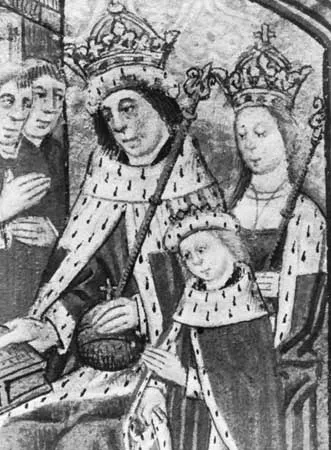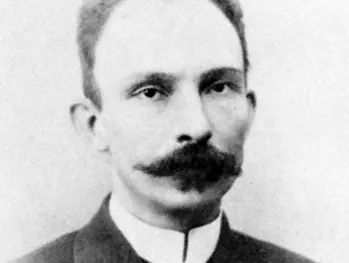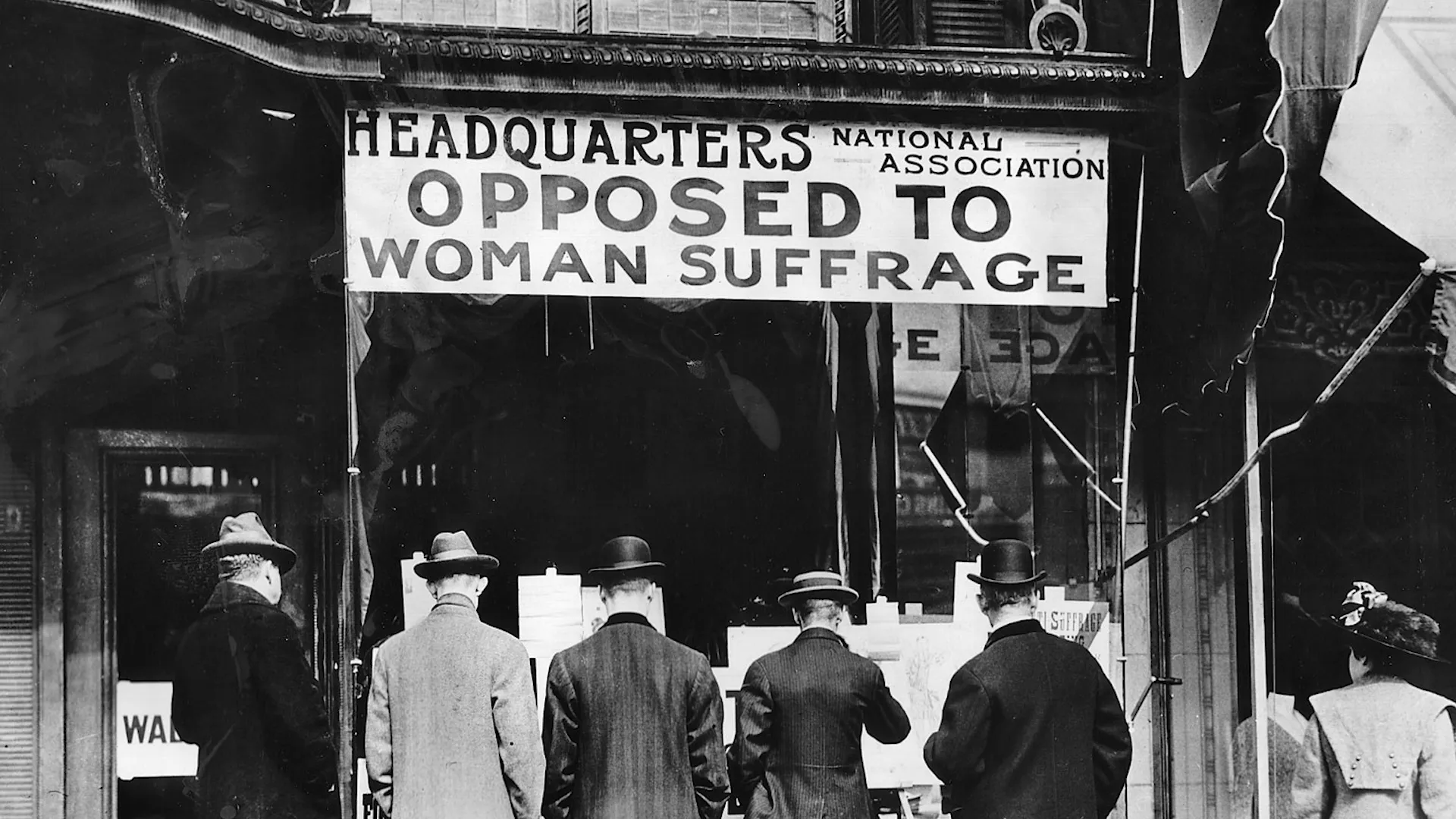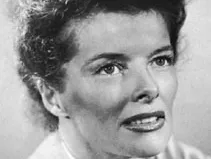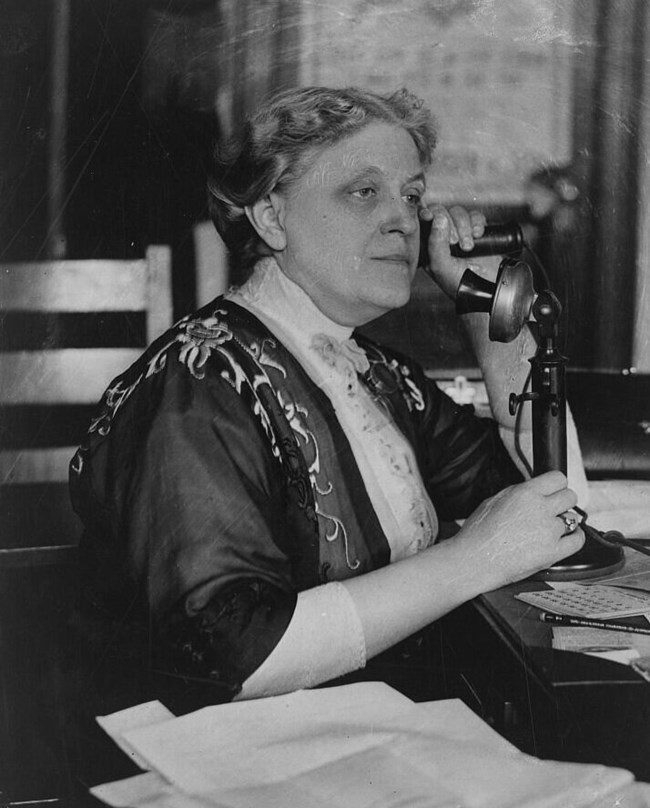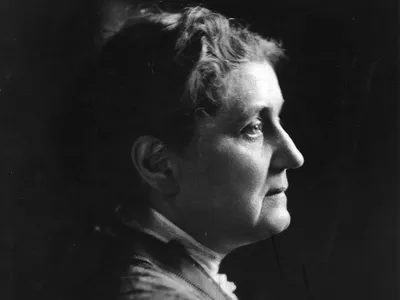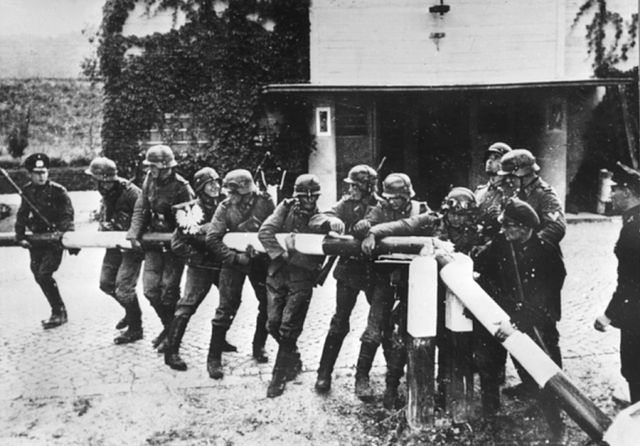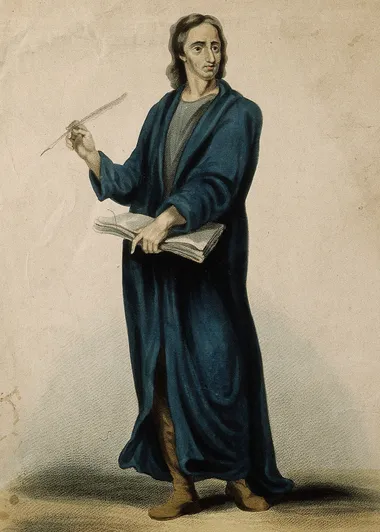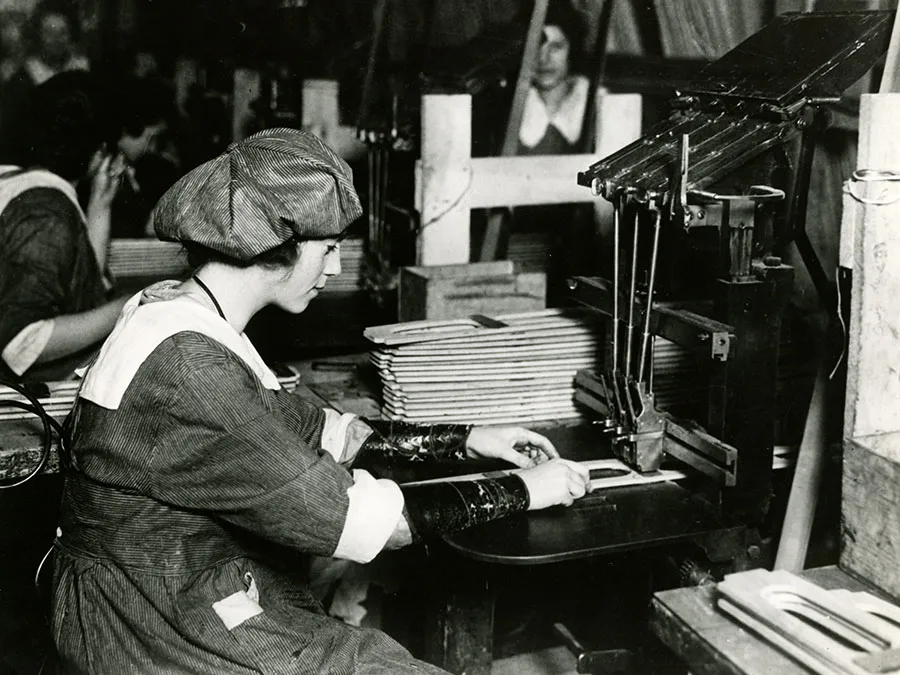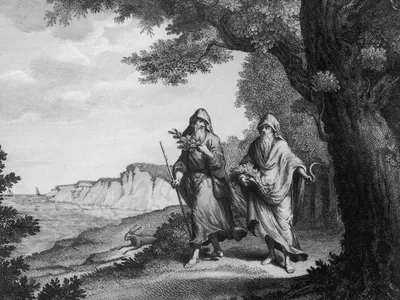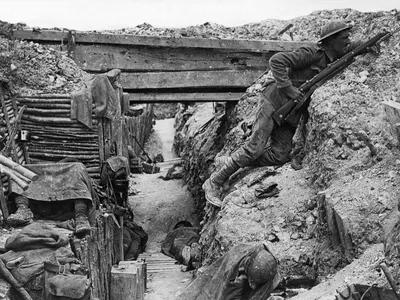In 1914, Marie Curie, the pioneering physicist and chemist, embarked on a remarkable mission that showcased her commitment to advancing medical science during World War I. Curie, renowned for her groundbreaking research on radioactivity and her Nobel Prizes, played a crucial role in transforming battlefield medicine with her innovative use of radiology.
Curie’s venture into the realm of mobile radiology began with the outbreak of World War I. Recognizing the need for more effective medical treatments for injured soldiers, she proposed the idea of a mobile radiological unit that could bring X-ray technology directly to the front lines. This initiative was driven by her deep understanding of the potential of X-rays in diagnosing and treating injuries, which she had extensively researched along with her husband, Pierre Curie.
The mobile radiological units, often referred to as “Little Curies,” were specially designed vehicles equipped with X-ray machines. Marie Curie personally drove these units, which were instrumental in providing on-site radiological examinations of wounded soldiers. Her hands-on involvement in the operation of these units underscored her dedication and innovative spirit in improving wartime medical care.
The development and deployment of these mobile units marked a significant advancement in medical technology. Prior to this, X-ray machines were stationary and could not be easily transported to the battlefields. Curie’s mobile units allowed for rapid and accurate diagnosis of injuries, which was crucial in providing timely treatment and improving survival rates among soldiers.
Marie Curie’s efforts were not without challenges. The technology of the time was cumbersome and required significant effort to operate. Additionally, the radiation exposure posed health risks, and Curie herself faced these dangers as she worked to ensure the effectiveness of the mobile units. Despite these obstacles, her work was met with widespread acclaim for its impact on wartime medicine.
Curie’s dedication went beyond her technical contributions. She also worked tirelessly to train medical personnel in the use of radiological equipment, ensuring that the units could be operated effectively by those in the field. Her training sessions were crucial in equipping doctors and nurses with the skills needed to utilize the technology for patient care.
The impact of Marie Curie’s mobile radiological units extended well beyond the immediate context of World War I. The success of these units highlighted the potential of portable medical technologies, paving the way for future advancements in medical imaging and field medicine. Her work demonstrated the profound impact that scientific innovation can have on practical applications in times of crisis.
In recognition of her contributions, Marie Curie received widespread praise from medical professionals and military leaders. Her pioneering work not only advanced the field of radiology but also saved countless lives by providing critical diagnostic capabilities on the battlefield.
Today, Marie Curie’s legacy is celebrated not only for her scientific discoveries but also for her humanitarian efforts during the war. Her commitment to applying her scientific knowledge for the benefit of others remains an enduring inspiration in both the fields of science and medicine.
In conclusion, Marie Curie’s role in driving mobile radiological units during World War I represents a remarkable chapter in the history of medical science. Her innovative approach to integrating radiology into wartime medicine not only improved the treatment of injured soldiers but also set a precedent for future developments in mobile medical technology.

